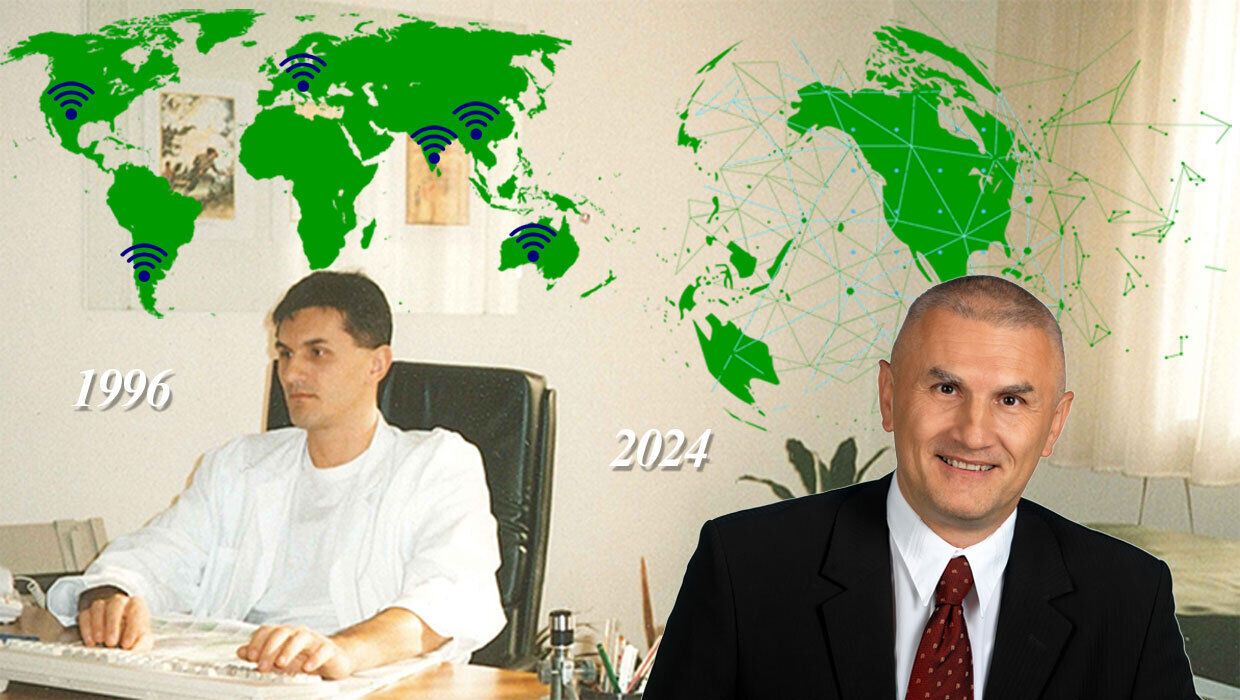
Truths and misconceptions about seniors
By questioning stereotypes, we hope to contribute to a more accurate and nuanced understanding of older people and aging.

By questioning stereotypes, we hope to contribute to a more accurate and nuanced understanding of older people and aging.

The increased demand for short-term and occasional care, the high demands of users of health and social services are some of the challenges of modern society. The answers to how to provide funds for the care of the aging population lie in the exchange of experience and knowledge. How do personal needs assessments work for the individual and the family?

Transferring the focus of elderly care from state level to the local level, and deinstitutionalization of elderly care, should allow the development of alternative forms of care for the elderly, with prolonged living in their own homes.

The separate status of the competence of health insurance and social insurance for long-term care is of utmost importance!

An individual’s or family’s initiative can be more efficient than rigid system structure.

Active and productive aging involves promoting activity, maintaining health, fostering inclusion and social support, and improving the quality of life of older adults through a transdisciplinary approach.

It is important to learn how to make the most of the short time that doctors can dedicate to each patient.

By questioning stereotypes, we hope to contribute to a more accurate and nuanced understanding of older people and aging.

Analyzing local and global conditions, plans and trends leads to the conclusion that mobile healthcare and welfare services should be developed, improved and integrated into tourism. And vice versa, integration of health into tourism!

The lack of information for sick people on vacation is the reason why many patients and their families feel insecure and decide to take a "passive" vacation at home.

Modern communications allow patients to make independent decisions and service choices.

We look at health from the point of view of the insurance company, the employer and the family. The costs of illness are often invisible. They are unpredictable and high. Surprising and problematic are especially the indirect costs.